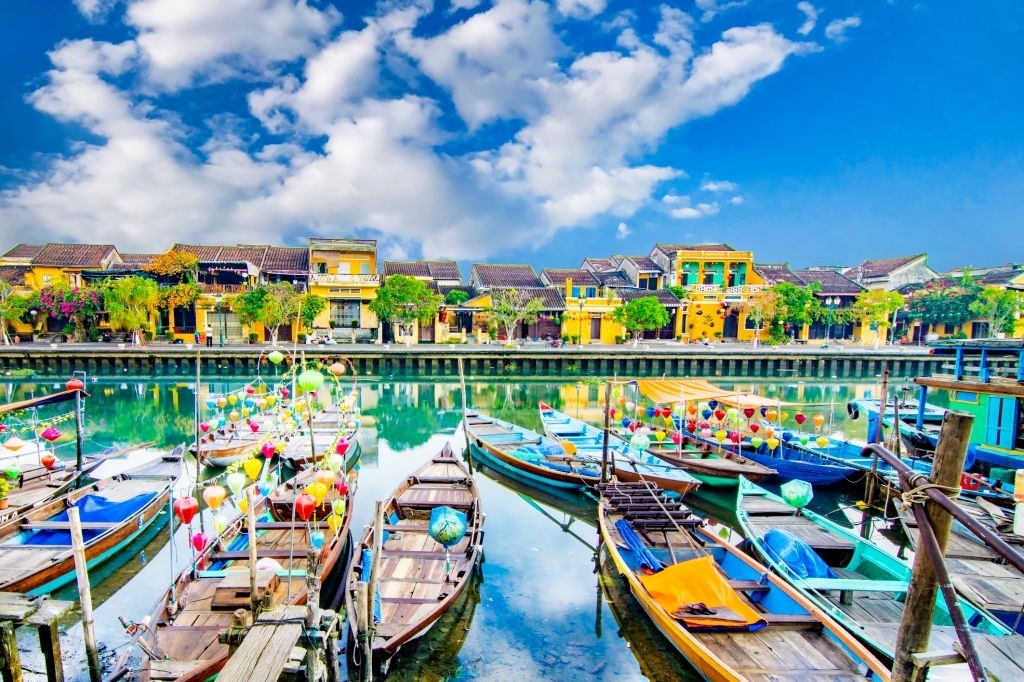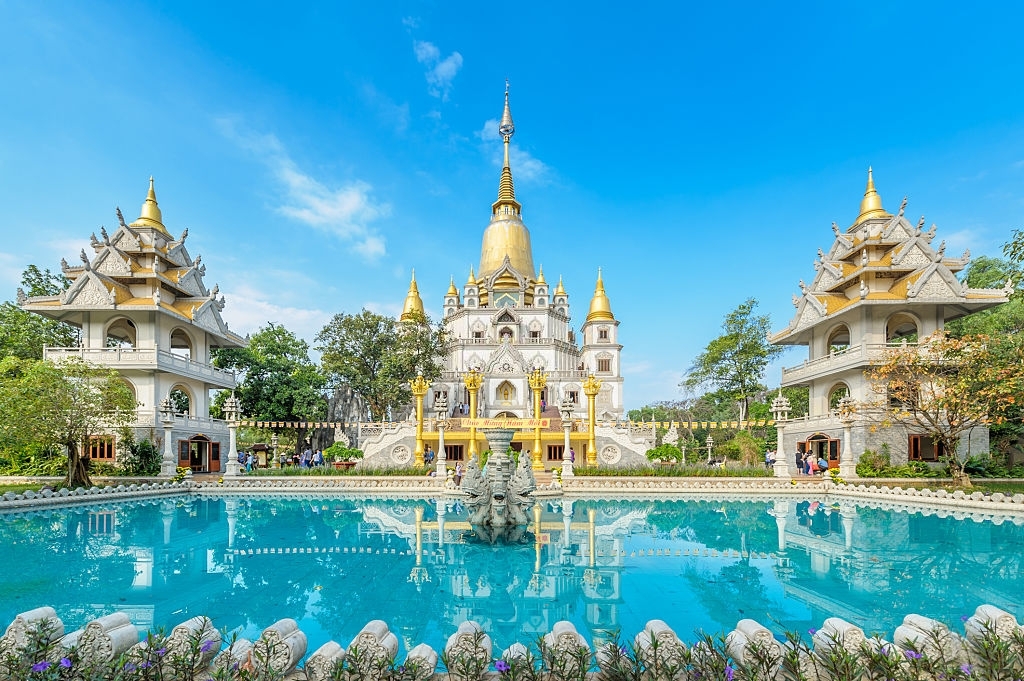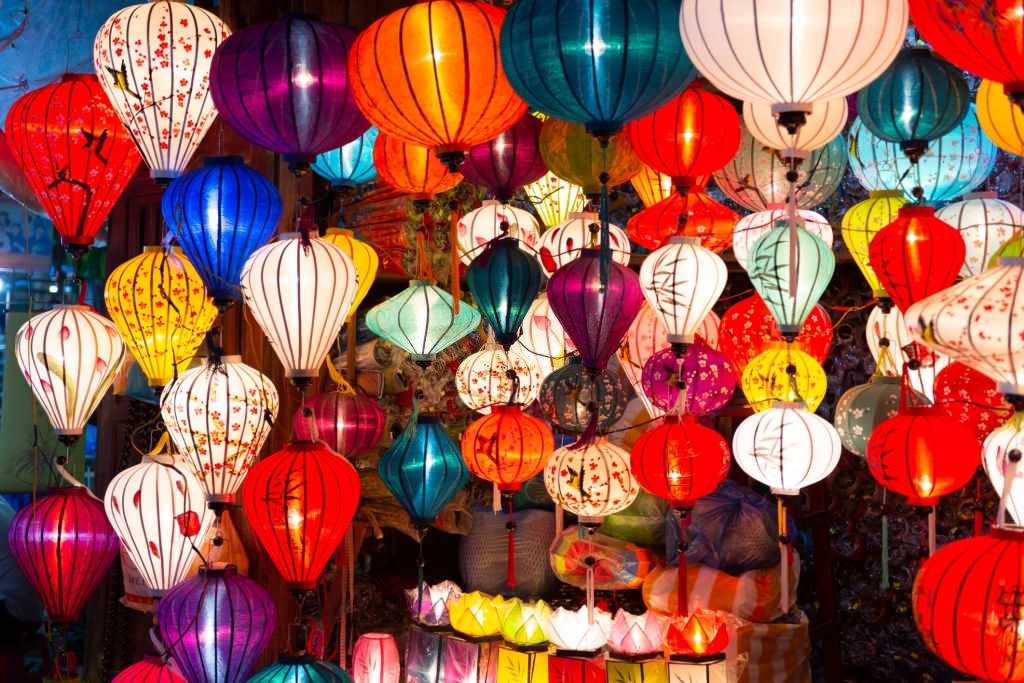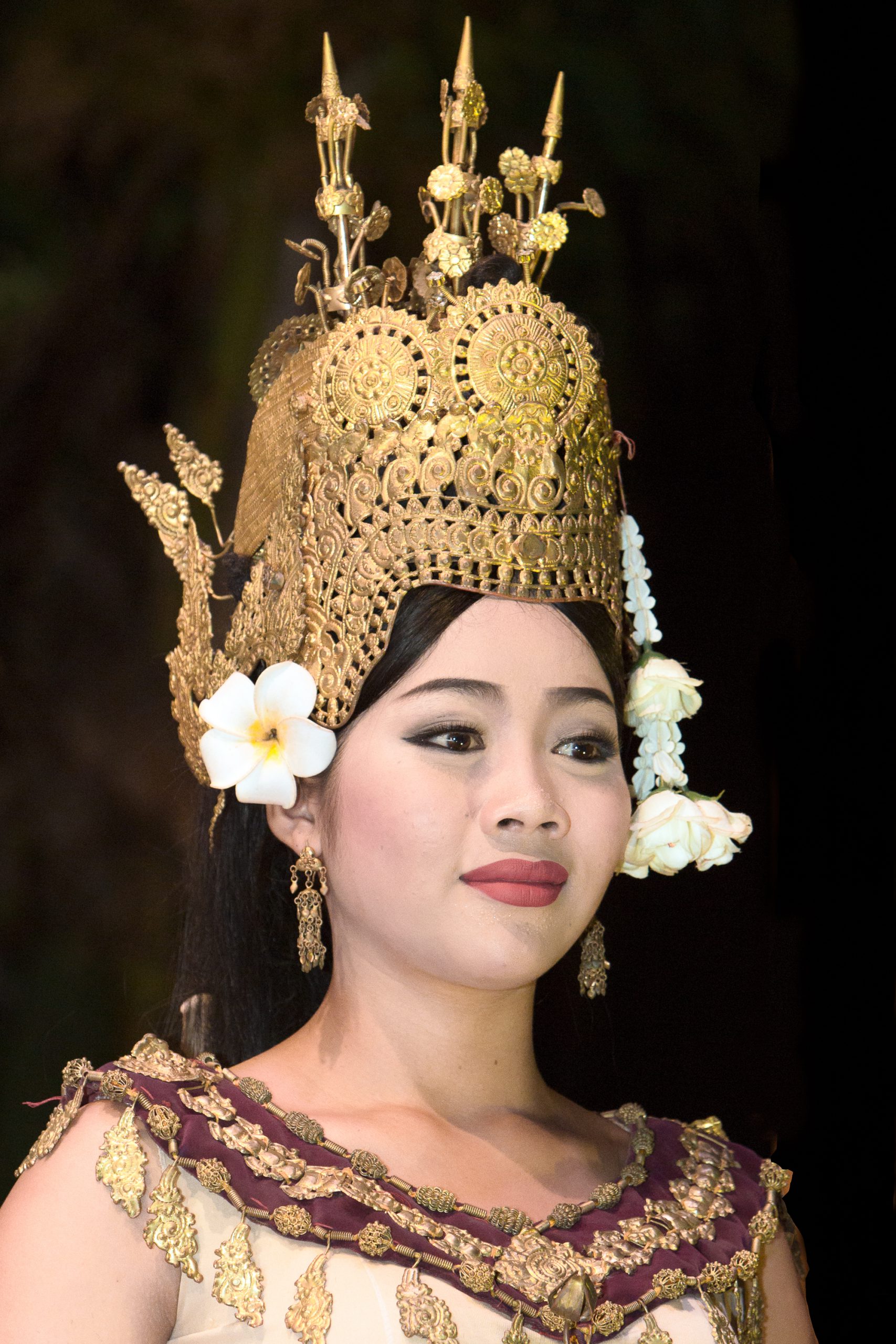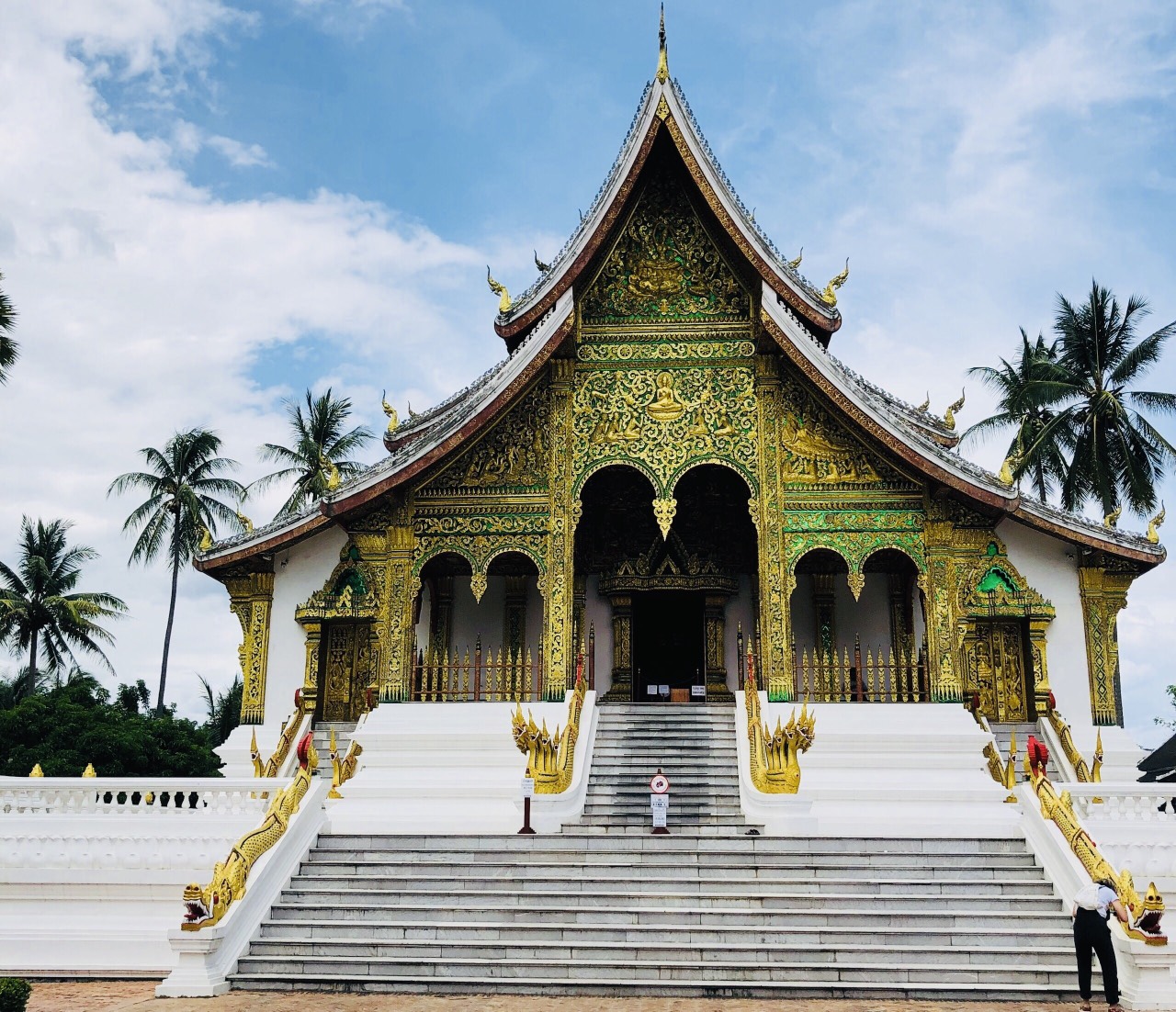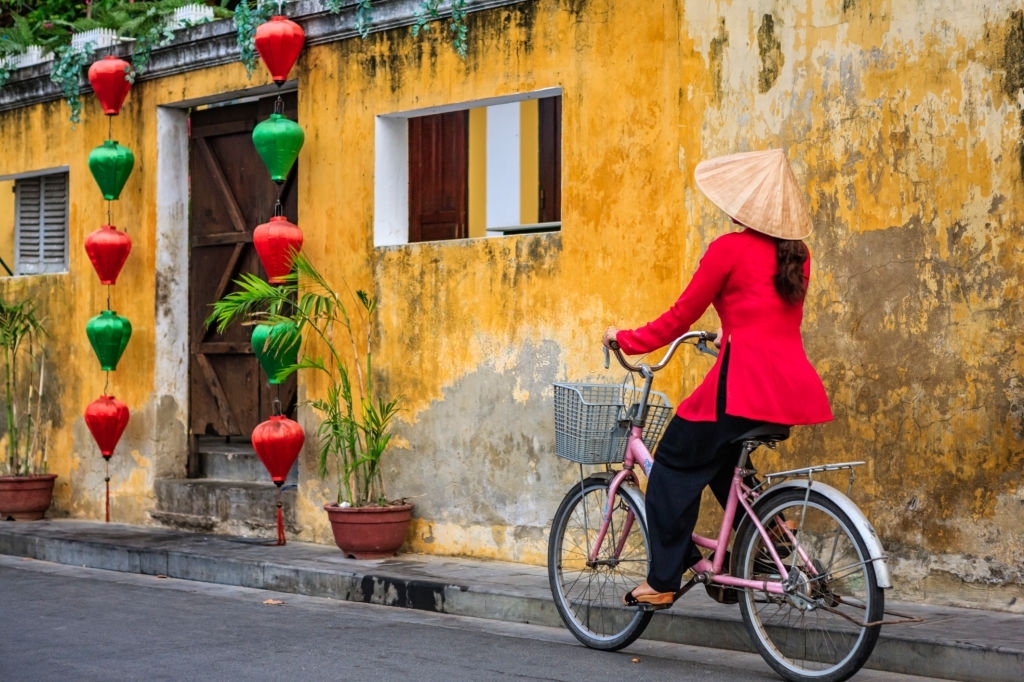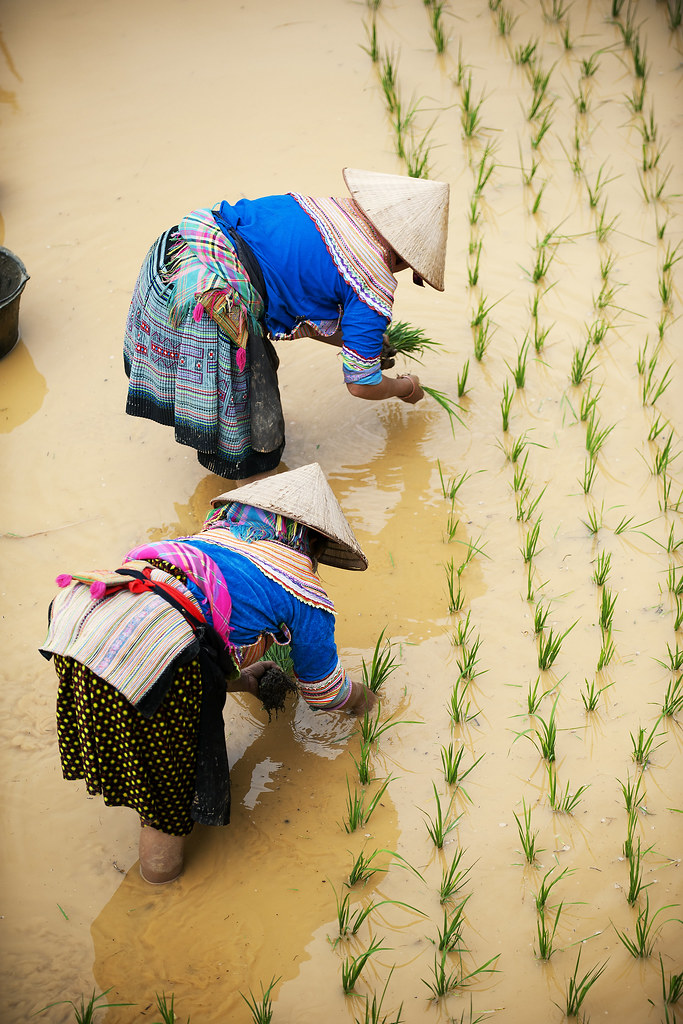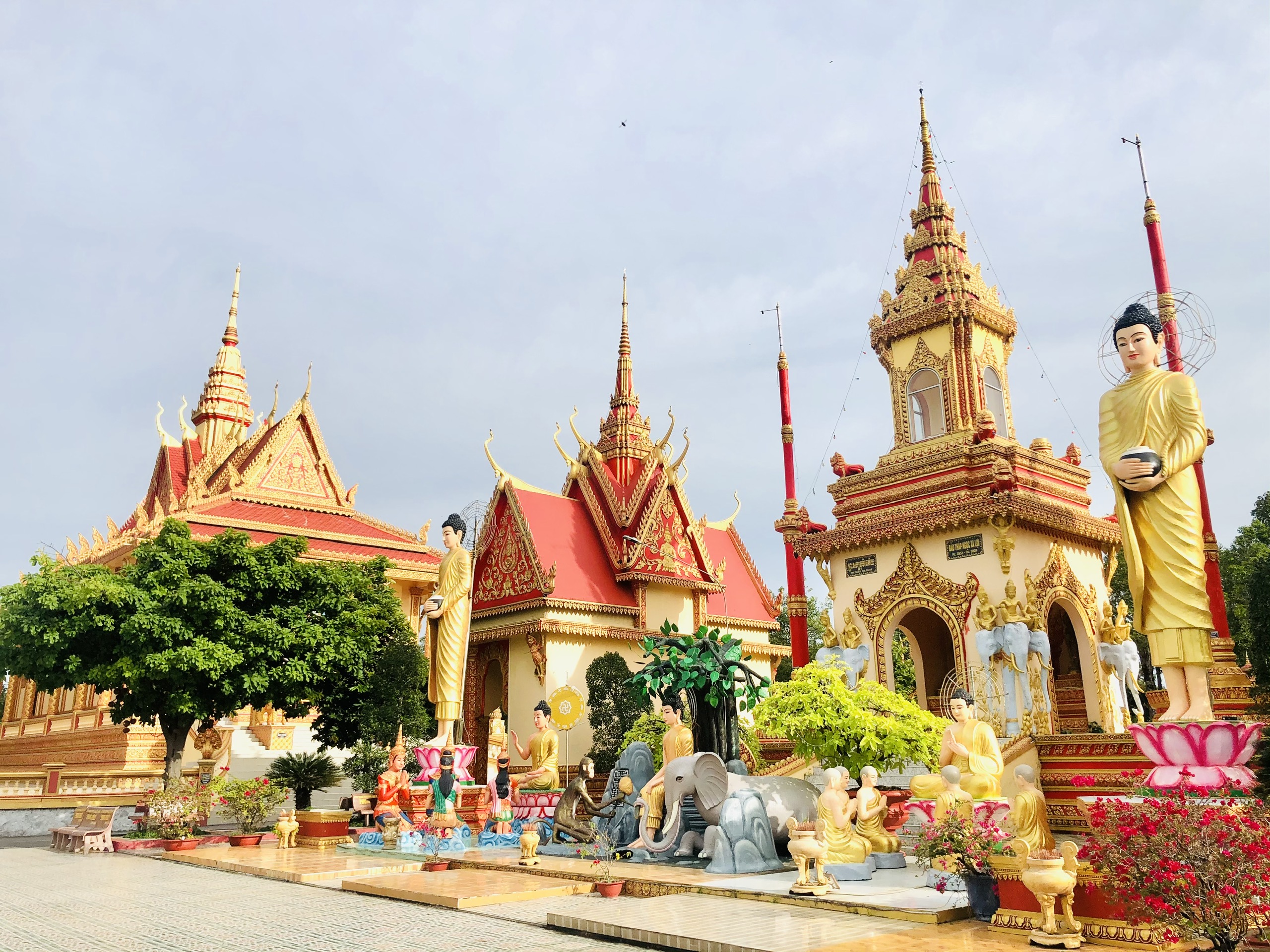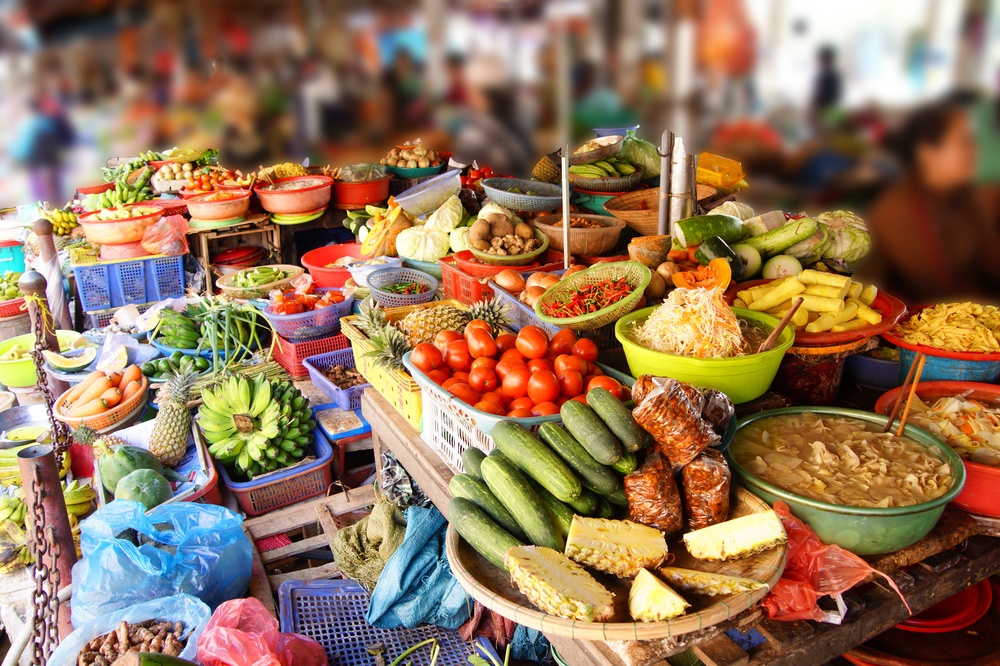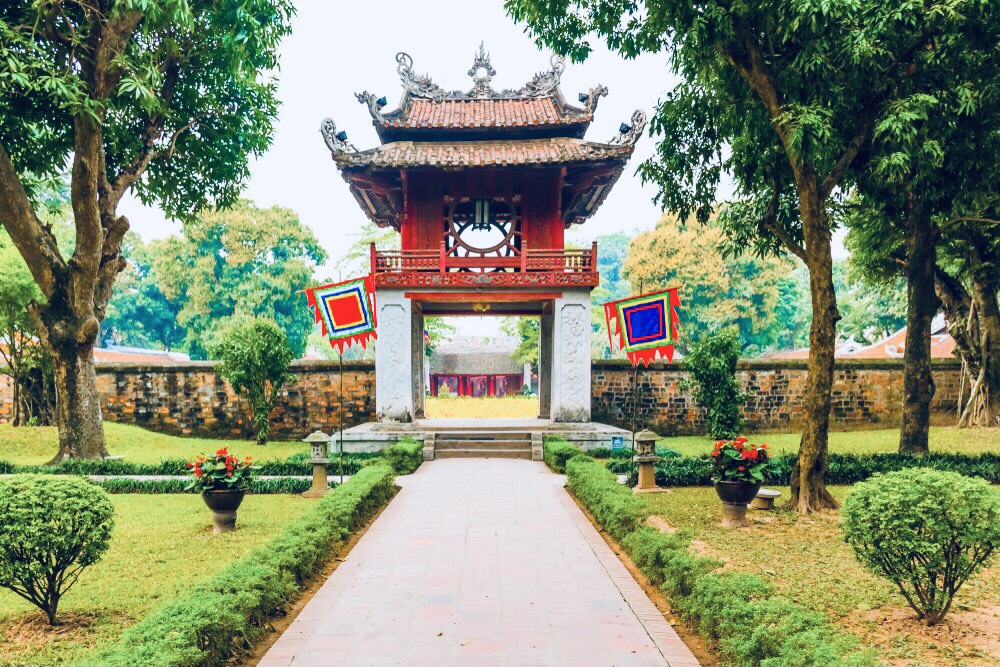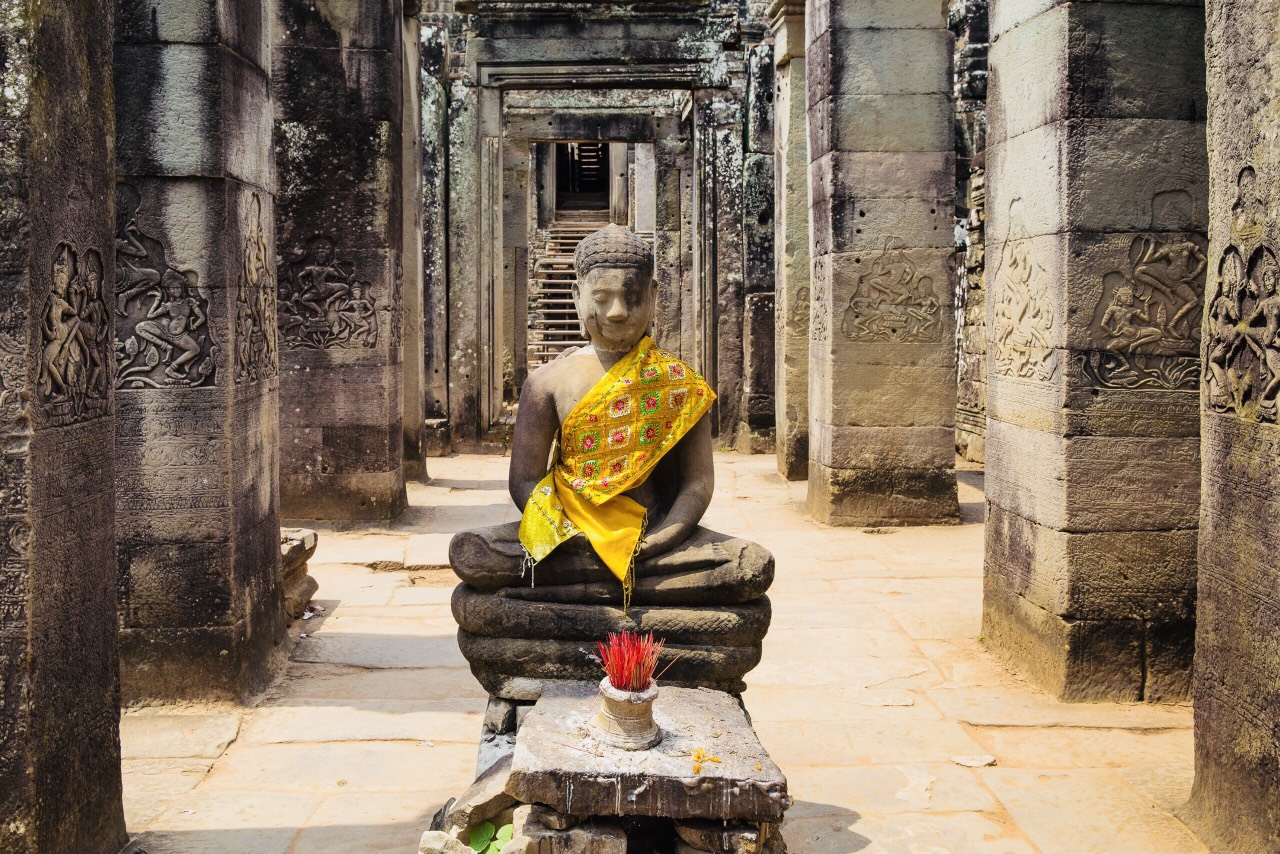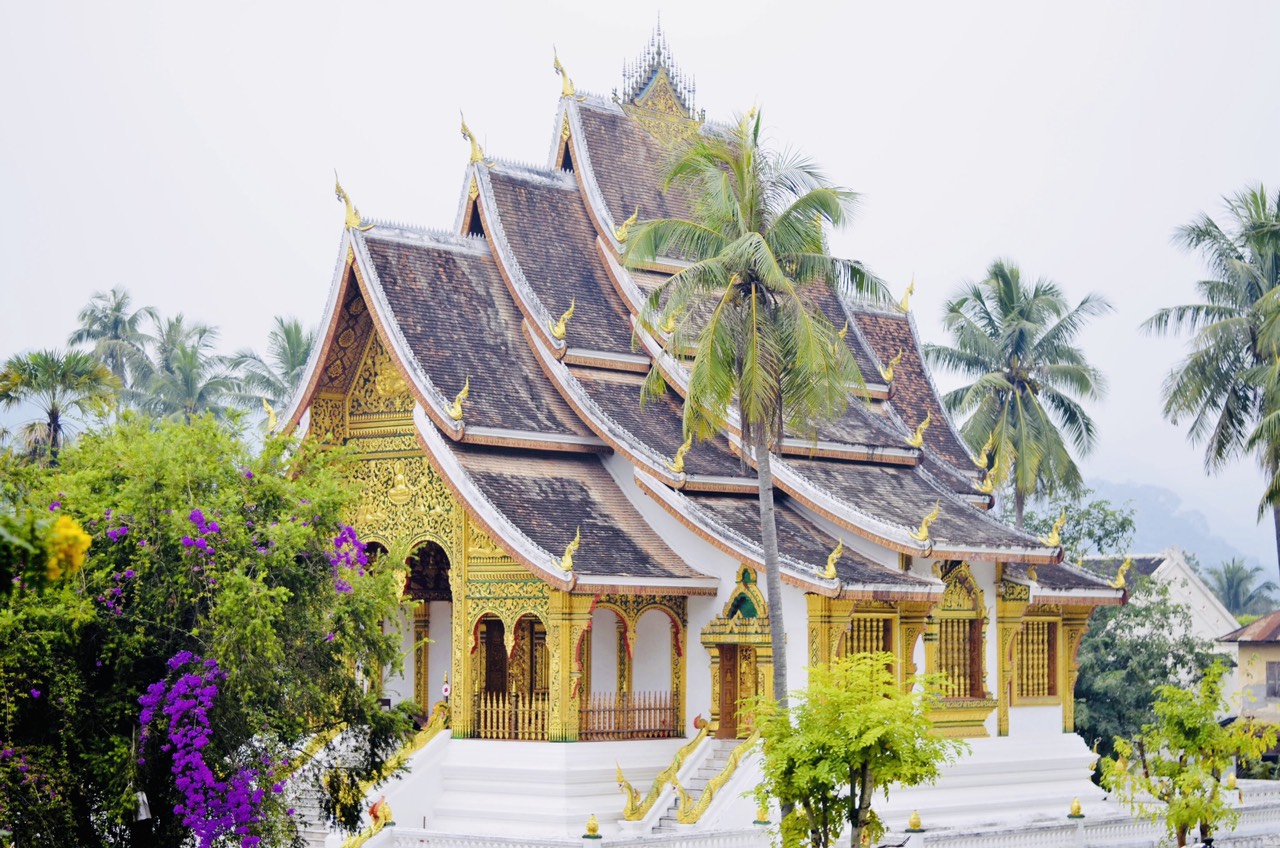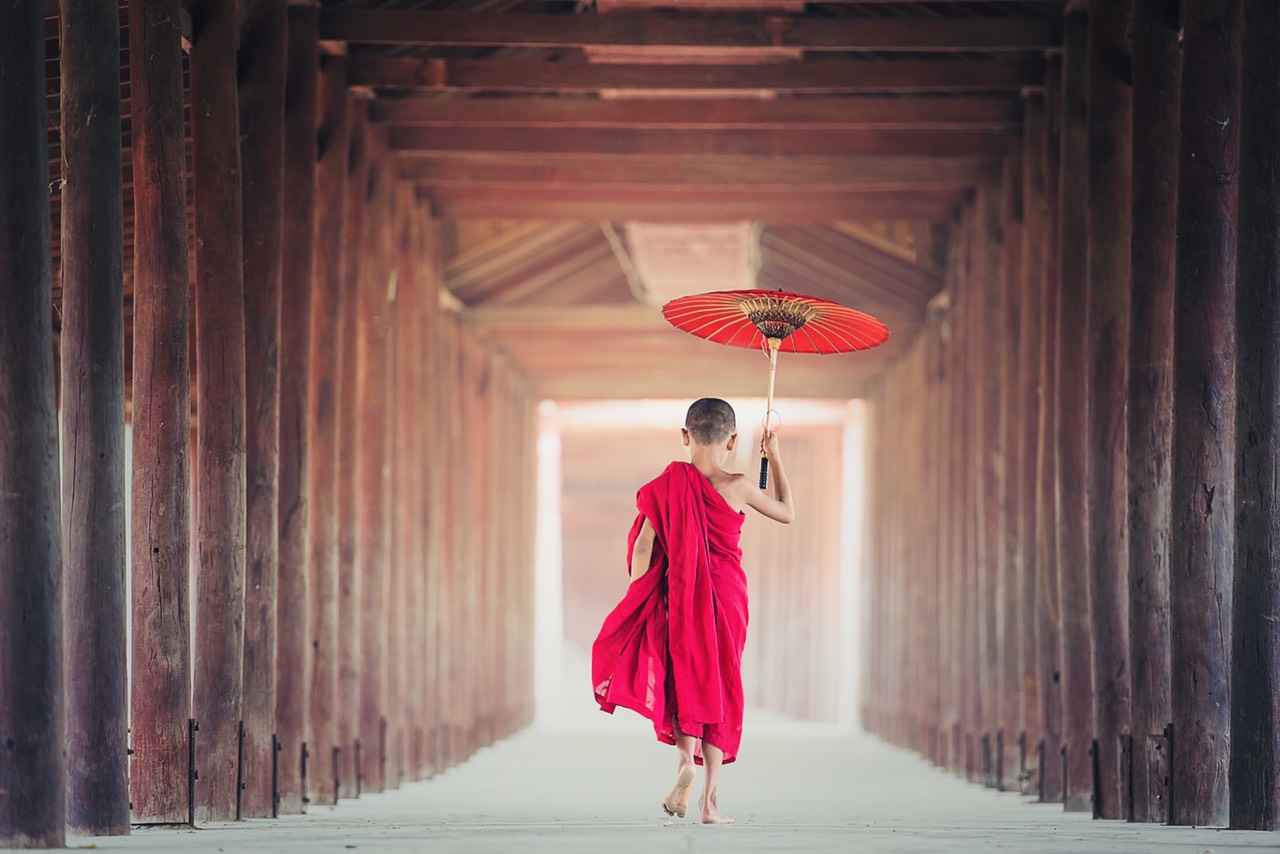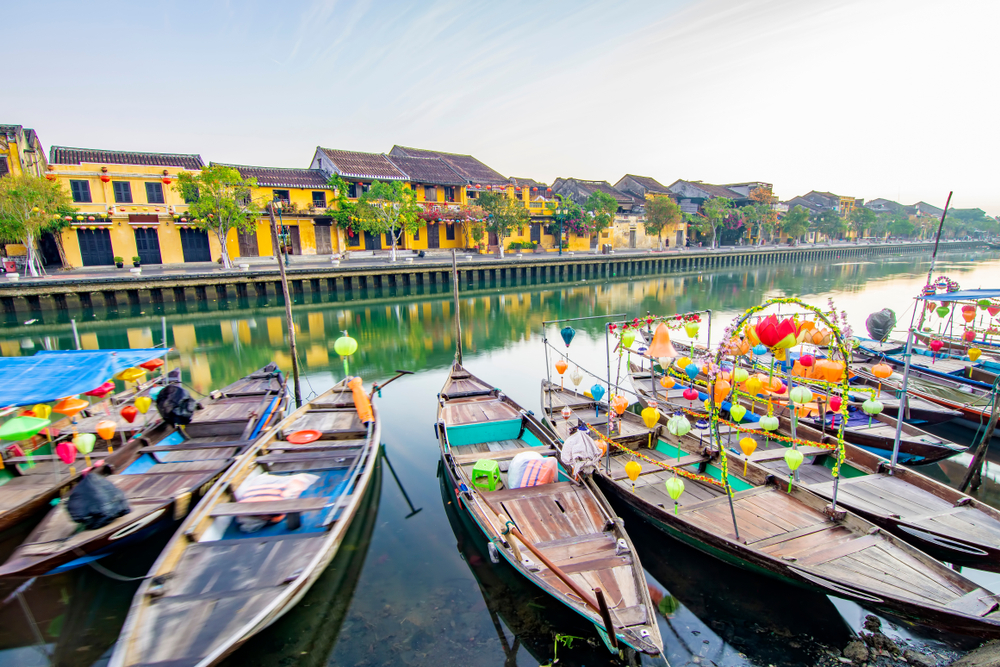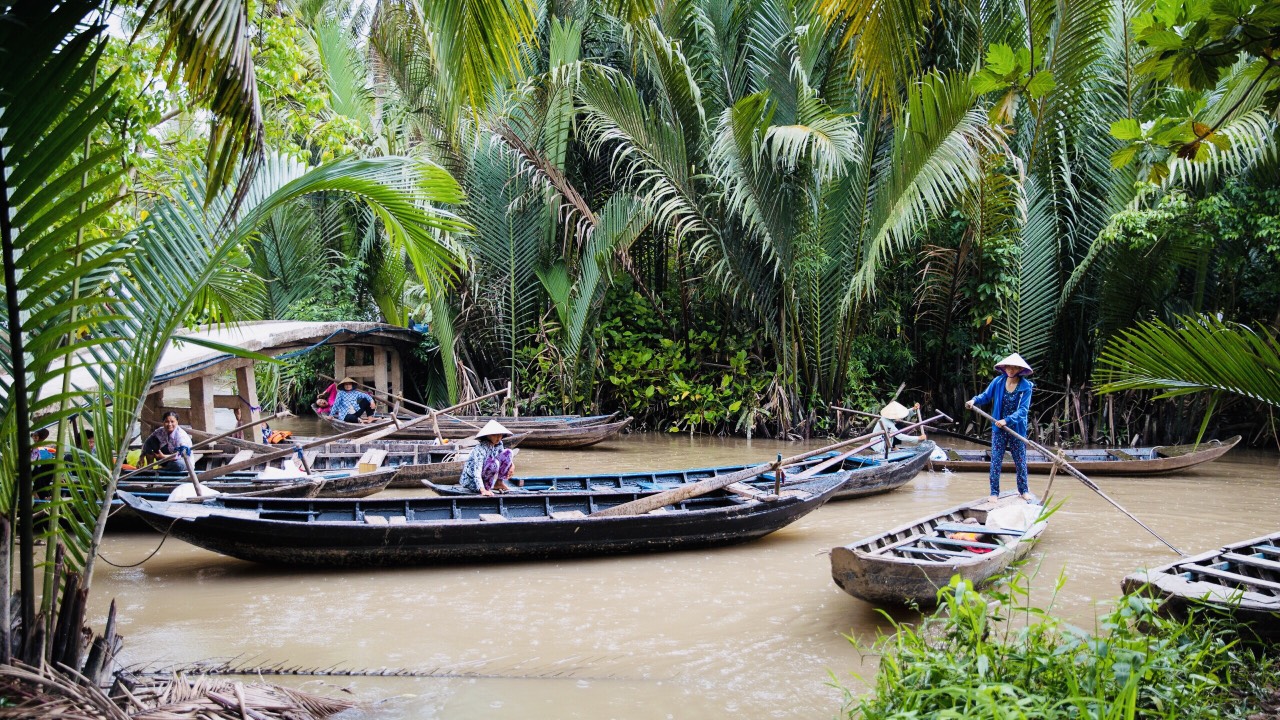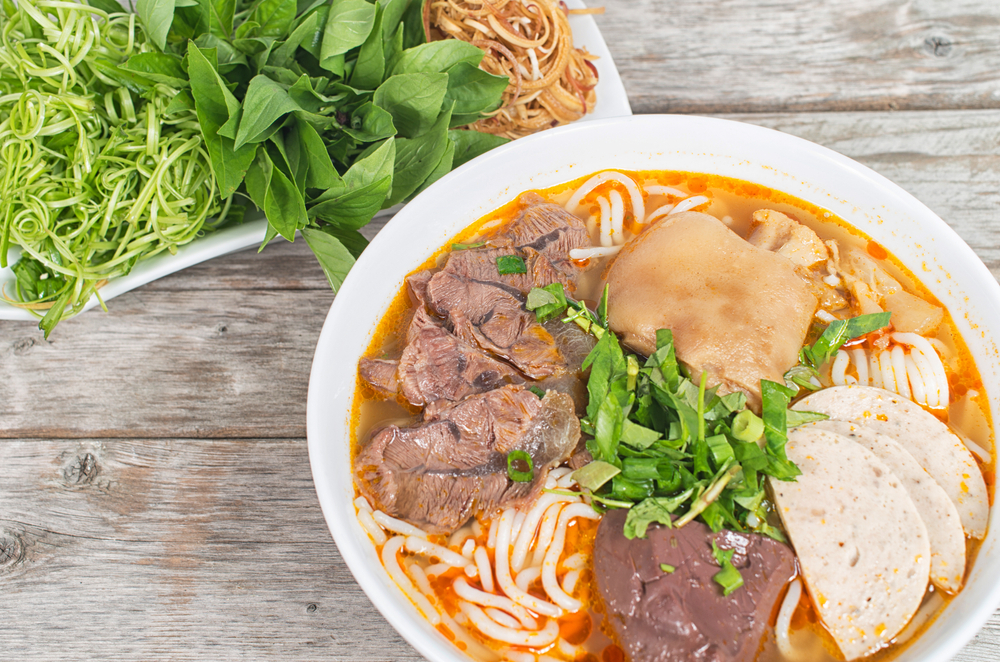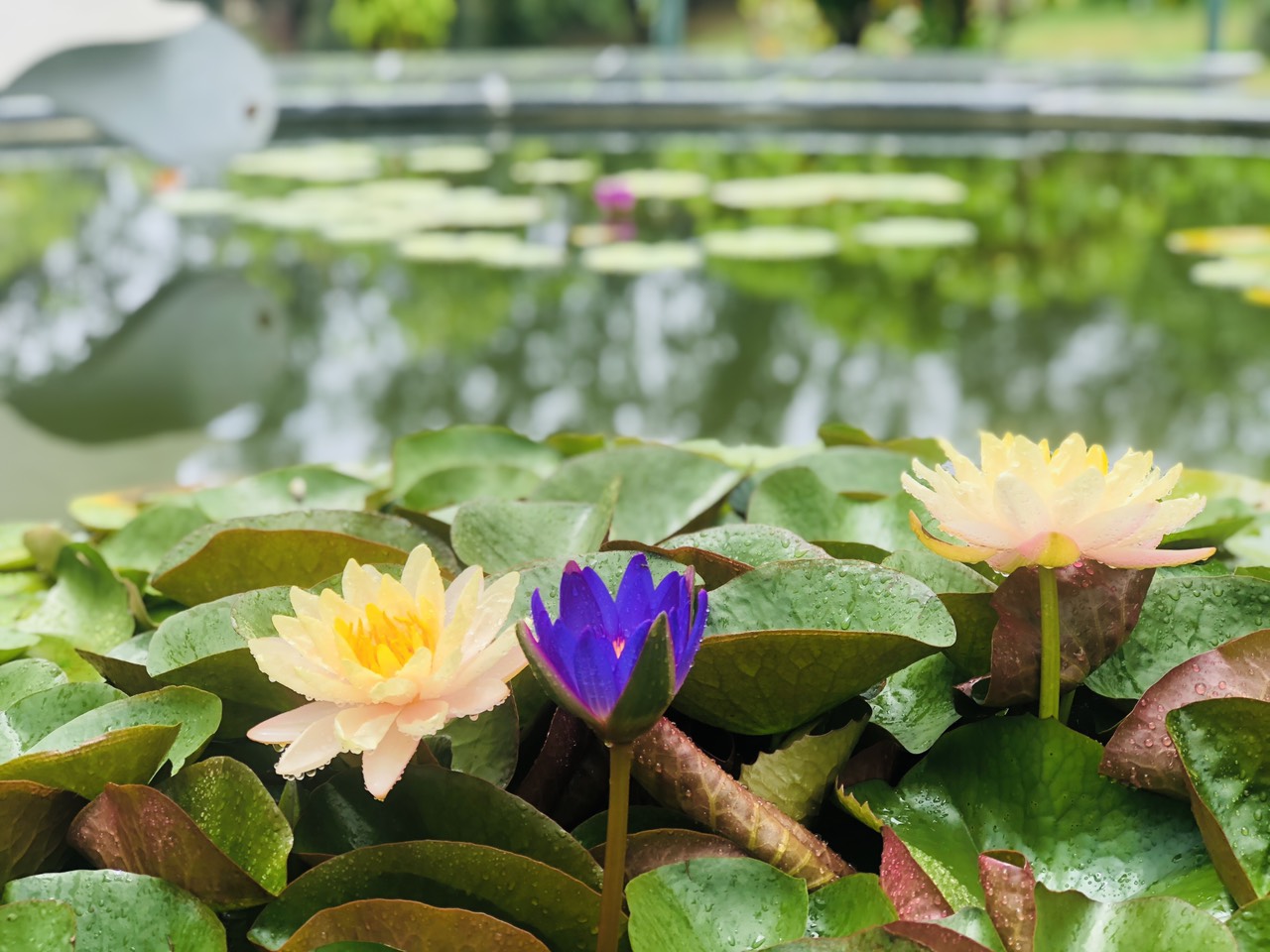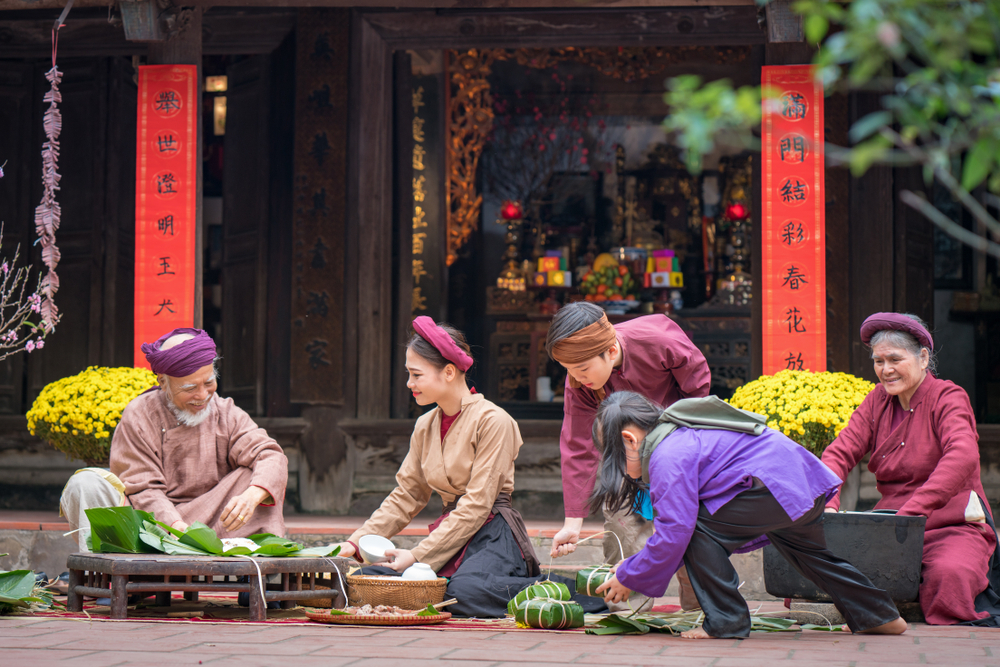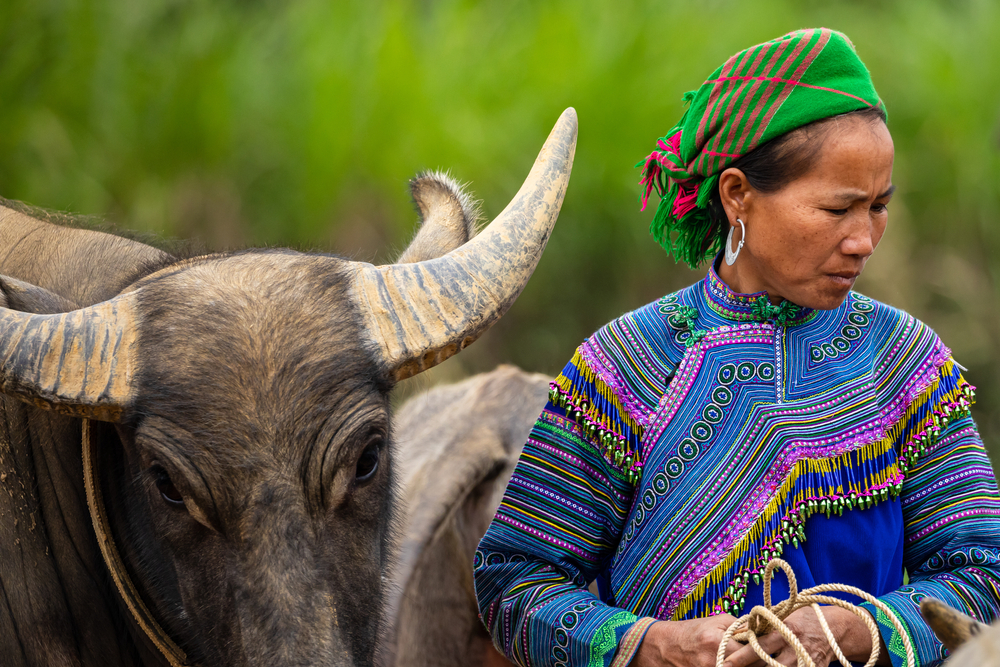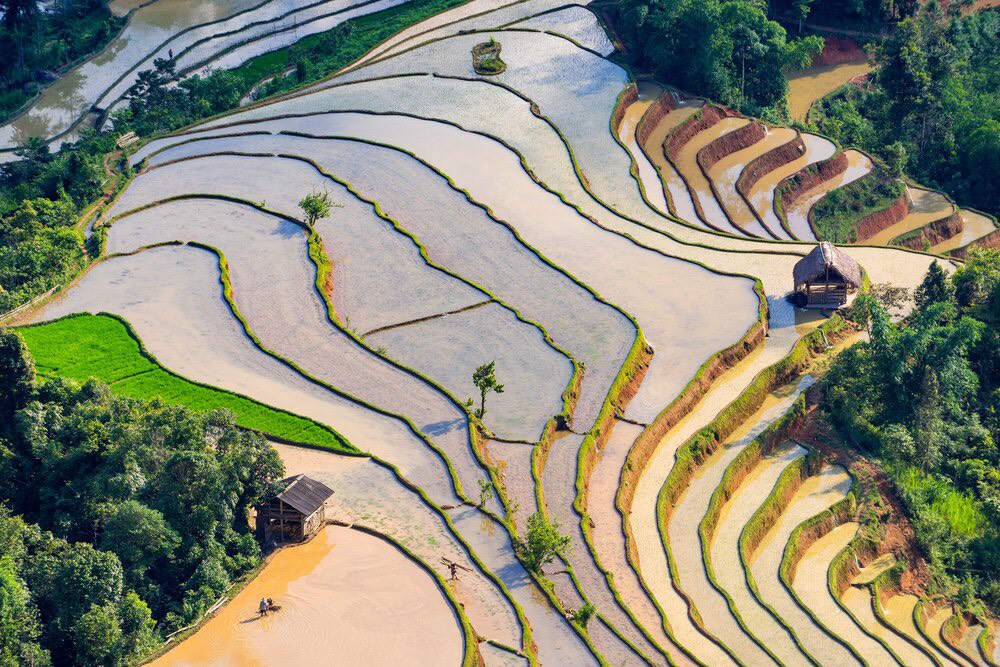
In the heart of Tonkin, near Hanoi, lies the But Thap (Brush-shaped Tower) pagoda, a true architectural and sculptural gem. It is a favorite destination for travelers, especially those who love spiritual culture.
But Thap is located near Duong River, Thuan Thanh District, Bac Ninh Province. This pagoda is also popularly called Nhan Thap, and is one of the most beautiful ancient pagodas in northern Vietnam, which remains relatively untouched to this day.
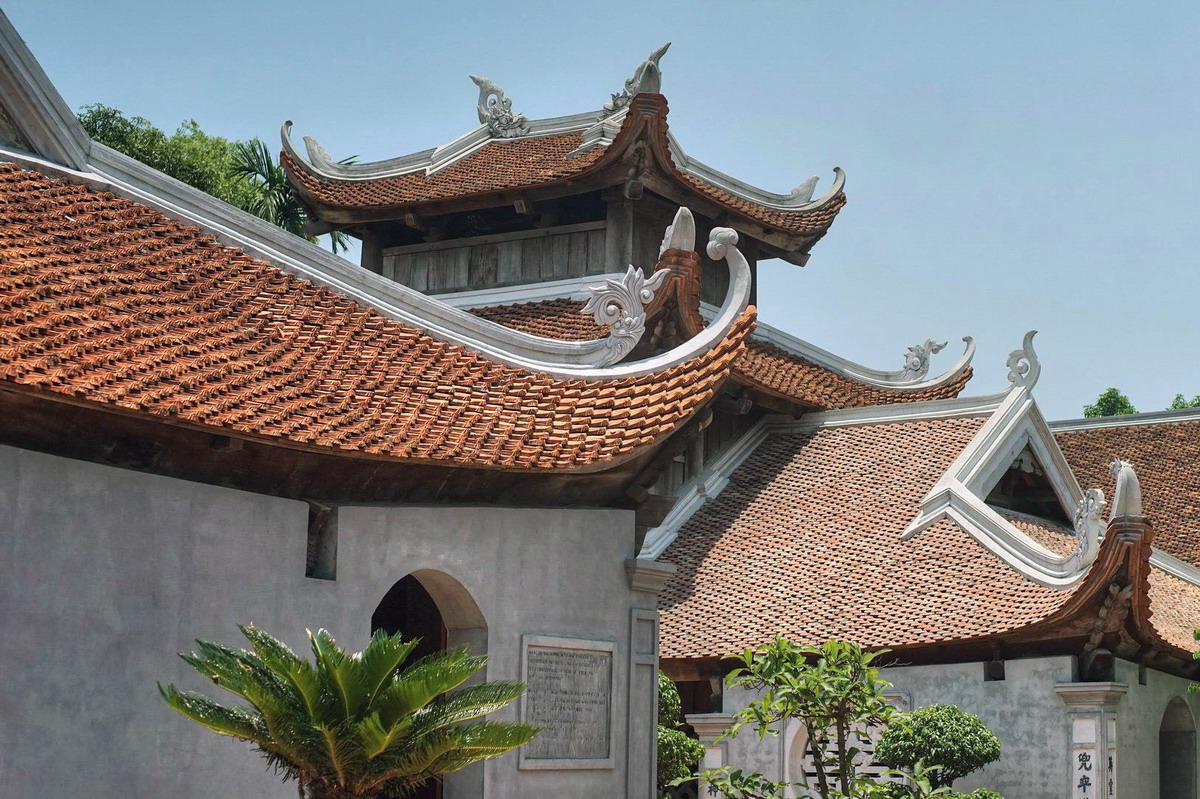
There is no precise information about the year of the construction of But Thap Pagoda. According to the monograph of Ha Bac, But Thap Pagoda was built by monk Huyen Quang in the 13th century, during the reign of King Tran Thanh Tong. He built a nine-story stone tower with an elegant lotus ornament. This tower no longer exists to this day.
According to another document, it was built by a Chinese Buddhist monk in the 17th century at the end of the Le Dynasty. Then, Queen Mother Trinh Thi Ngoc Truc asked Lord Trinh Trang to enlarge the pagoda in 1646. As a result, the pagoda had both Vietnamese and Chinese architectural styles.
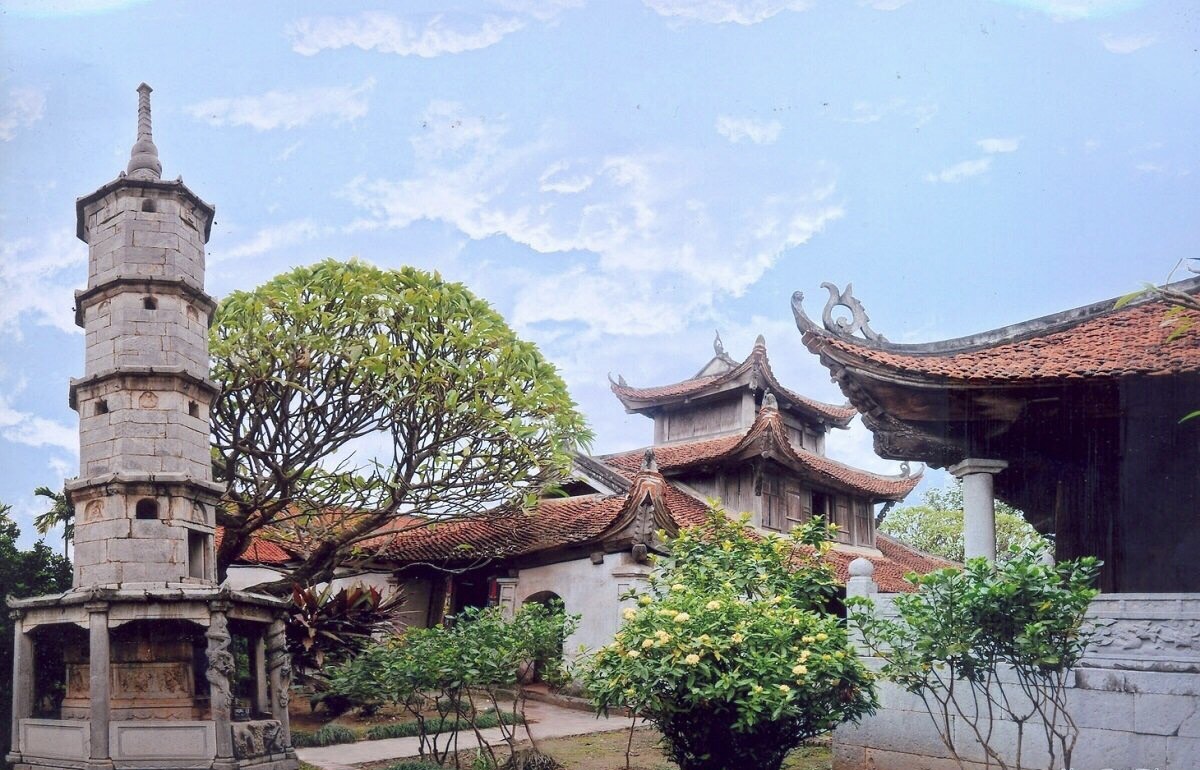
In 1876, during the reign of King Tu Duc, the pagoda was named “But Thap”, because the king saw it from afar as a gigantic brush.
It can be said that But Thap pagoda is a harmonious combination of landscape, nature and architecture. You will find architectural and sculptural works that reflect the skills of Vietnamese craftsmen in the 17th century. This pagoda presents the quintessence of Vietnamese Buddhist art.

But Thap pagoda was built in the Noi Cong Ngoai Quoc architectural style. It consists of 10 buildings, stretching 100 m from the three-entrance gate to the bell tower and the back house. The central area consists of 8 houses on the axis. All the monuments face south.
Inside the temple there are more than 50 statues of different sizes such as the Triad Buddha, Manjusri (Van Thu) on a blue lion and Samantabhadra (Pho Hien) on a white elephant, etc. The most remarkable is the large statue of Guanyin with a thousand hands and a thousand eyes. In 2013, this statue received a certificate of national treasure.

Because of its historical, cultural and architectural values, But Thap Pagoda was designated a national historical and cultural monument on April 28, 1962. In 2013, it was recognized as a special national relic.
Every spring, the But Thap Pagoda Festival is held on March 23 and 24, expressing the respect of Buddhist followers and locals for Buddhism. It features many traditional cultural activities: Chinese chess, pigeon release contest and Cheo show, etc… These activities attract not only local people but also many tourists from other cities and foreign tourists.
Away from the bustling city, But Thap pagoda offers a pleasant stopover. With picturesque landscapes and distinguished architecture, you will be immersed in a green and serene environment.





